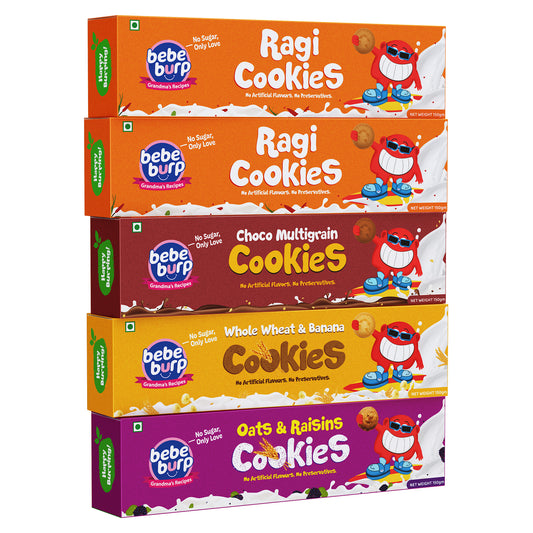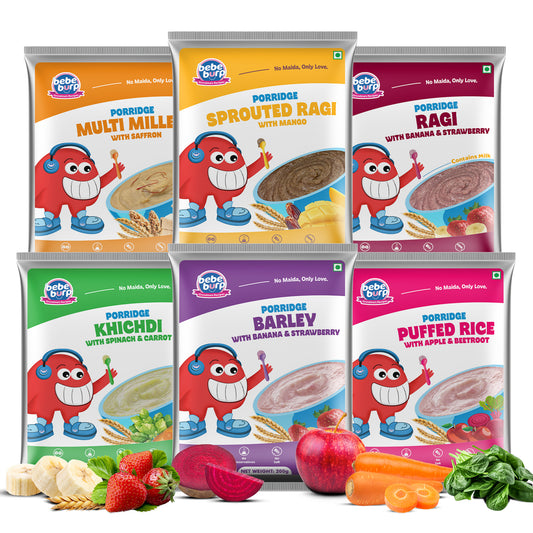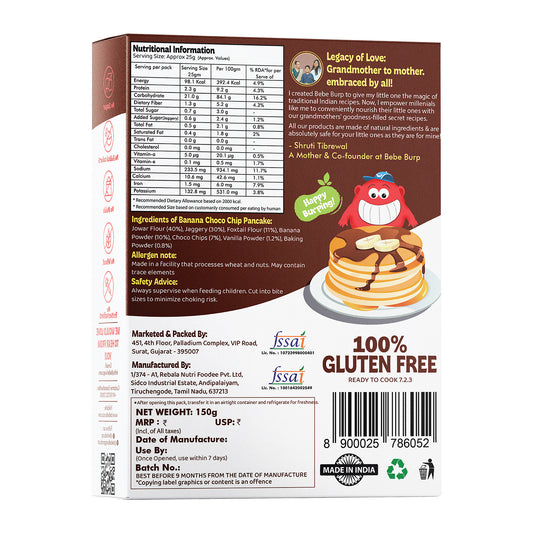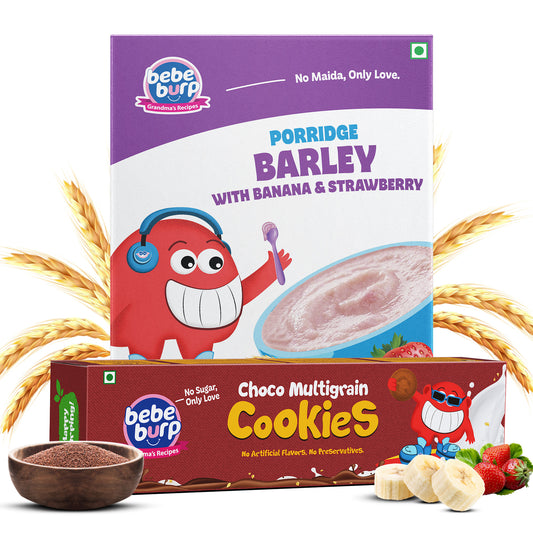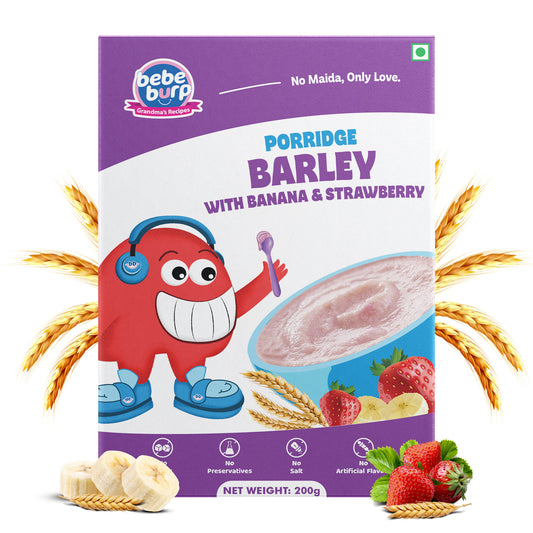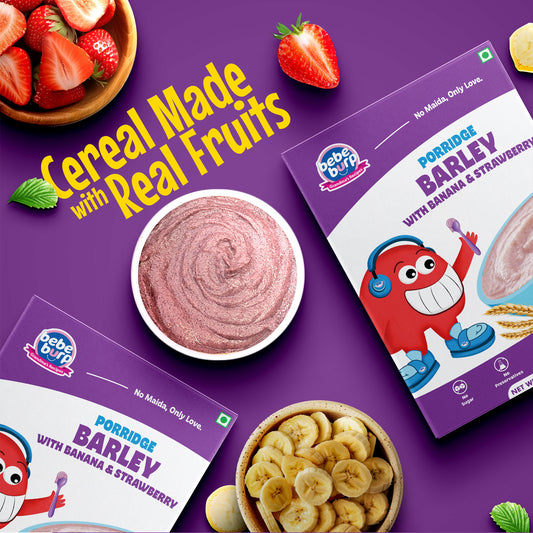In the ever-growing health food industry, the search for the next big “superfood”, such as ragi vs quinoa, can be overwhelming.
Ragi, an ancient Indian millet, and quinoa, a trendy South American powerhouse, consistently top the charts.
Not only are both gluten-free and nutrient-rich, they are also praised for their excellent health benefits.
What is Ragi?
Ragi—or Finger Millet, as it is commonly known—is a crop duly recognized for surviving harsh growing conditions.
It is ancient cereal that has served as food in the continent of Asia, especially India, and parts of Africa.
Like many other millets, Ragi is made into Ragi flour which stands out due to its reddish brown color and has a very unique mild and a little nutty taste.
This old grain has many uses in cooking in Indian cuisine ranging from flatbreads and dosas to sweet dishes as well porridge.
Furthermore, it maintains the status of being gluten free while possessing excellent health benefits such as high levels of calcium along with iron.
What is Quinoa?
Quinoa (pronounced KEEN-wah) is a type of seed; it is a seed that is regarded and consumed as a grain.
Its origin can come from the Andean region of South America where it was historically regarded as a sacred crop by incas who called it as “the mother of all grains.”
Quinoa has seen an explosion in an unprecedented global popularity in recent years, particularly because It became famous for being known as a superfood due to its complete protein composition.
The fluffy textured food with subtle earthy taste serves perfectly in skills similar to that of rice or couscous, easily substitutable for both.
Ragi vs Quinoa Nutrition
In order to understand the differences, let us consider their nutritional values together. The table below presents the approximate nutritional values for 100g of uncooked grains.
|
Nutrient |
Ragi (Finger Millet) |
Quinoa |
Key Takeaway |
|
Protein |
~7-10g |
~14-16g |
Quinoa is the clear winner for protein content. |
|
Carbohydrates |
~72g |
~64g |
Both are excellent sources of complex carbs. |
|
Dietary Fiber |
~11g |
~7g |
Ragi offers significantly more dietary fiber. |
|
Calcium |
~344mg |
~47mg |
Ragi is a powerhouse of calcium, crucial for bone health. |
|
Iron |
~3.9mg |
~4.6mg |
Both are good sources, with a slight edge for Quinoa. |
|
Calories |
~336 kcal |
~368 kcal |
Their calorie counts are very similar. |
Conclusion: It can be said that ragi is the second variety of millet. Besides offering a good source of nutrients quinoa is better than ragi in comparison as a strong choice when in terms of protein intake.
Difference Between Quinoa and Ragi
Apart from the nutrition figures, here are several important differences:
Origin: "Ragi” (Finger millet) is an ancient millet grown in Asia and Africa, whereas quinoa is a seed that comes from South America.
Protein Profile: Complete Proteins such as Quinoa offer more nutritional value than Ragi which is still beneficial Ragi offers good protein but is not complete.
Micronutrients: Finger millet is well-known due to its easily accessible iron and calcium. While Quinoa is great in magnesium, it is less celebrated for its other micronutrient functions of manganese and phosphorus.
Cost & Accessibility: Comparatively more expensive than quinoa in Western countries, ragi does stand considered as a gourmet health food.
Culinary Use Of Quinoa: Often regarded as a side dish or added supplementary ingredient within salads, finger millet’s versatility flour can also be fashioned into porridge or baked items."
Ragi vs Quinoa Health Benefits
Quinoa and Ragi are rich sources of fiber, essential nutrients, gluten-free, and brimming with health benefits.
Digestive Health: The higher fiber content in both grains aids digestion and assists with constipation, gut health, and overall microbiome health. Ragi has a slight advantage due to having a higher fiber value.
Bone Health: Ragi has more than seven times the calcium of Quinoa making it superior for strong bones and the prevention of osteoporosis.
Antioxidant Properties: Both help in combating free radicals as well as reducing inflammation owing to antioxidants present in both grains.
Ragi vs Quinoa for Weight Management
Individuals suffering from diabetes will benefit from both Ragi and Quinoa. They are low glycemic index (GI) foods. Low-GI foods slowly release sugar into the bloodstream preventing sharp increases in blood glucose levels.
Ragi: Its high fiber content along with polyphenols makes Insulin sensitivity better while lowering blood sugar.
Quinoa: Better control of blood sugar can be contributed to its high protein and fiber contents.
Verdict: You can’t go wrong with either as both are recommended for a diabetic friendly diet.
Ragi vs Quinoa Calories
Ragi and Quinoa are almost identical when it comes to calorie counts. While uncooked ragi contains approximately 336 calories in a 100g serving, quinoa exceeds that with roughly 368 calories.
Both grains offer quality sustained energy over refined grains. Most of the time, nutrient density takes precedence over the marginal difference in calories.
How to Include Ragi and Quinoa in Your Die
Enjoy both grains through these simple yet mouthwatering recipes:
How to Use Ragi:
- Ragi Roti/Bhakri: Gluten free flatbread made from ragi which is rich in nutrition.
- Ragi Porridge (Malt): A traditional and soothing breakfast suitable for every age group.
- Ragi Dosa or Idli: Healthy fermented batters South Indian breakfast options.
- Ragi Ladoo: Nutritious snacks crafted using ghee and jaggery.
How to Use Quinoa:
- Quinoa Salad: An excellent protein-rich salad's filling foundation.
- Quinoa Bowl: Replace rice as the dish base and top with proteins, veggies, and a healthy sauce.
- Quinoa Upma: Revamped version of the Indian breakfast classic for health conscious people.
- In Soups and Stews: Incorporate cooked quinoa into soups to increase nutritional value as well as making them heartier.
Conclusion
The more important question here is “who wins the comparison between Ragi and Quinoa”. In this case, the response depends on what your objectives are.
Choose Ragi if your priorities include boosting calcium levels for helping bone health, increasing fiber intake, and you want a low-cost option from local sources.
Opt for Quinoa if you want to obtain fully packaged proteins, wish to aid muscle recovery post-training, and need a flexible grain to use in salads and bowls.
In conclusion, there is no reason to pick one over the other. It would be better to diversify with quinoa as it allows ragi’s earthy goodness alongside traditional dishes while providing modern protein-rich meals with itself.
FAQs
Q1) Ragi vs quinoa health benefits
Ans: Ragi helps fight anemia with iron-rich grains and is very good for bone health due to its cancer-stimulating calcium content.
Quinoa, rich in magnesium and antioxidants, serves as a complete protein that helps muscle repair. Both boost digestion and control blood sugar levels.
Q2) Quinoa vs ragi for diabetes
Ans: Both are great for managing diabetes because of low glycemic index (kept as it is because it's a specific term) and high fiber prevents sudden blood sugar surges.
Q3) Difference between quinoa and ragi
Ans: Differences are their origin (Ragi is from India/Africa, Quinoa from South America), nutrient profile (Ragi being high on calcium while quinoa is a complete protein), and cost, where ragi takes the lead as much more affordable.
Q4) Is ragi better than quinoa?
Ans: Health targets define which food is “better” as both serve diverse age needs nutritious wise.
Ragi positions itself well when seeking economical sources of calcium enriched foods and required boosted fibers, while quinoa wins on its premium offering of protein.
Ultimately making the call depends on personal health objectives.
Q5) Ragi vs quinoa calories
Ans: Focus should remain upon nutrient density compared to refined grains instead considering trivial calorie disparity as both offer alike caloric values.


